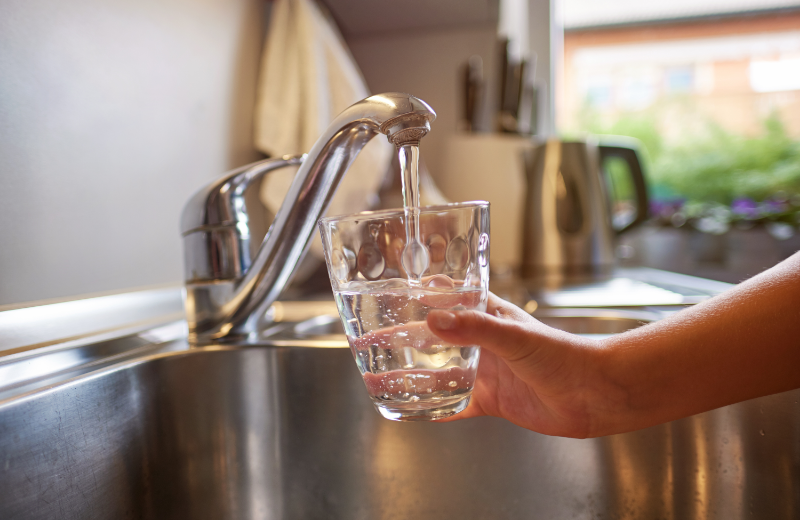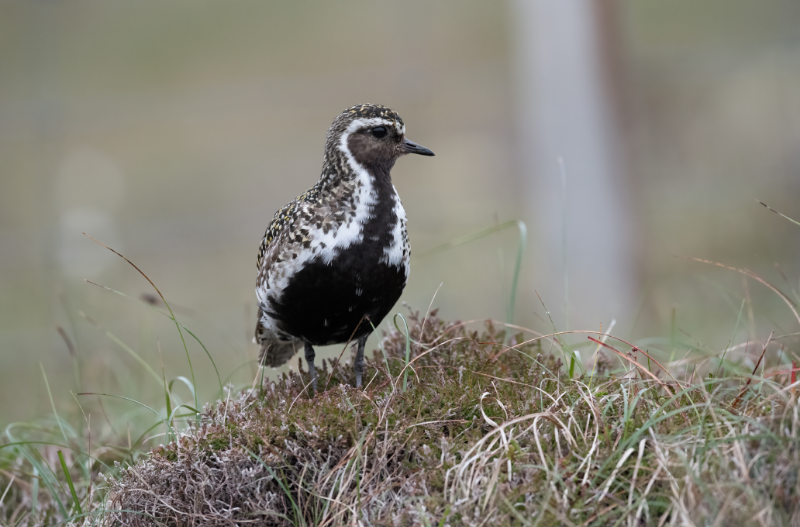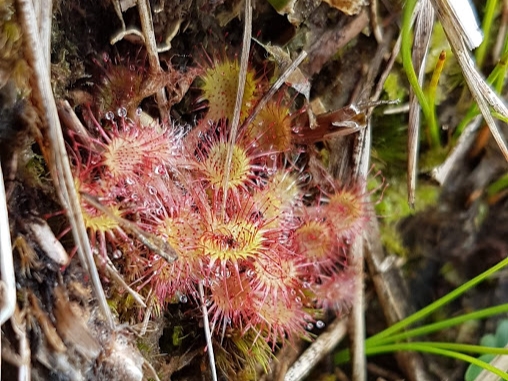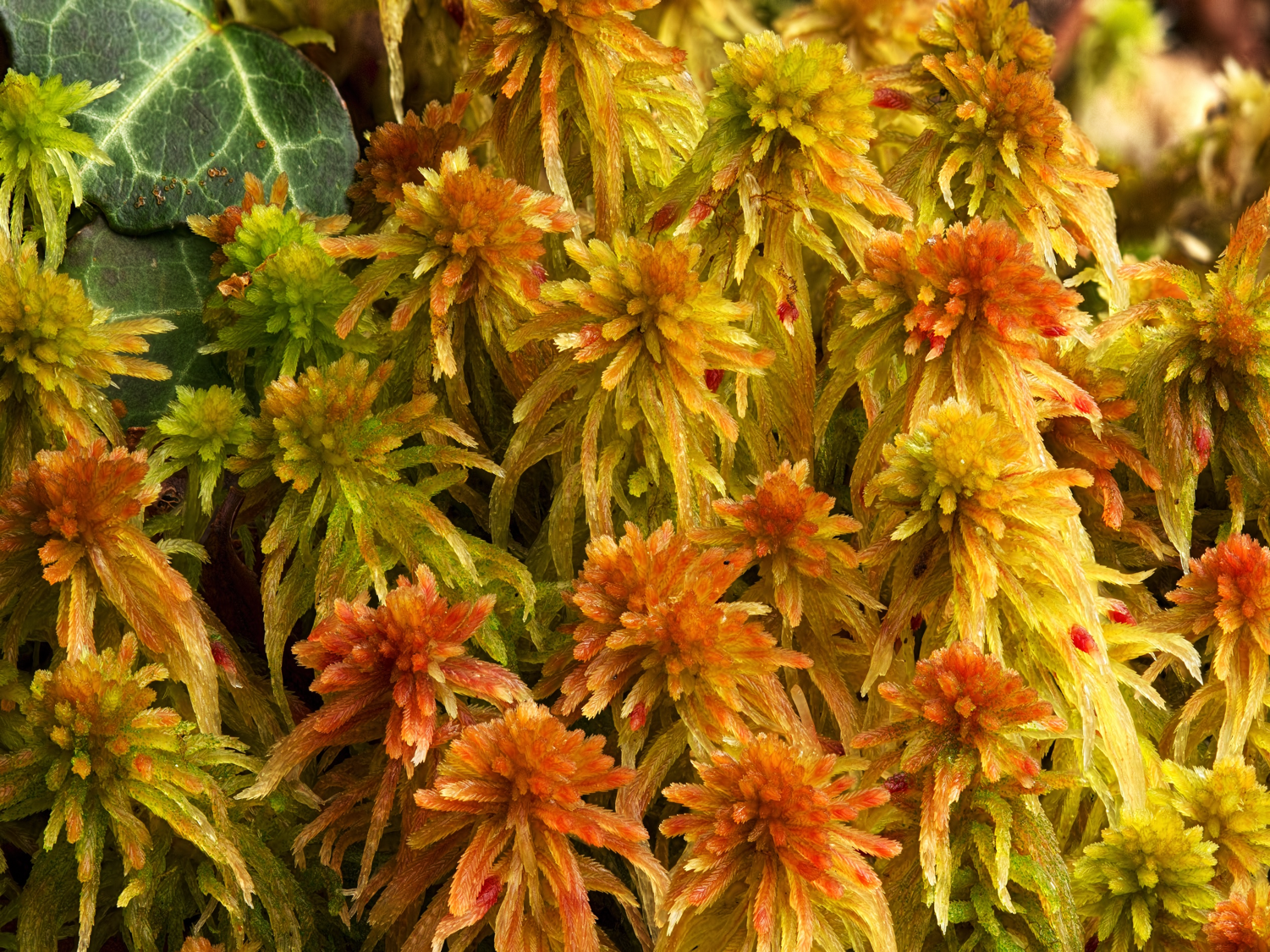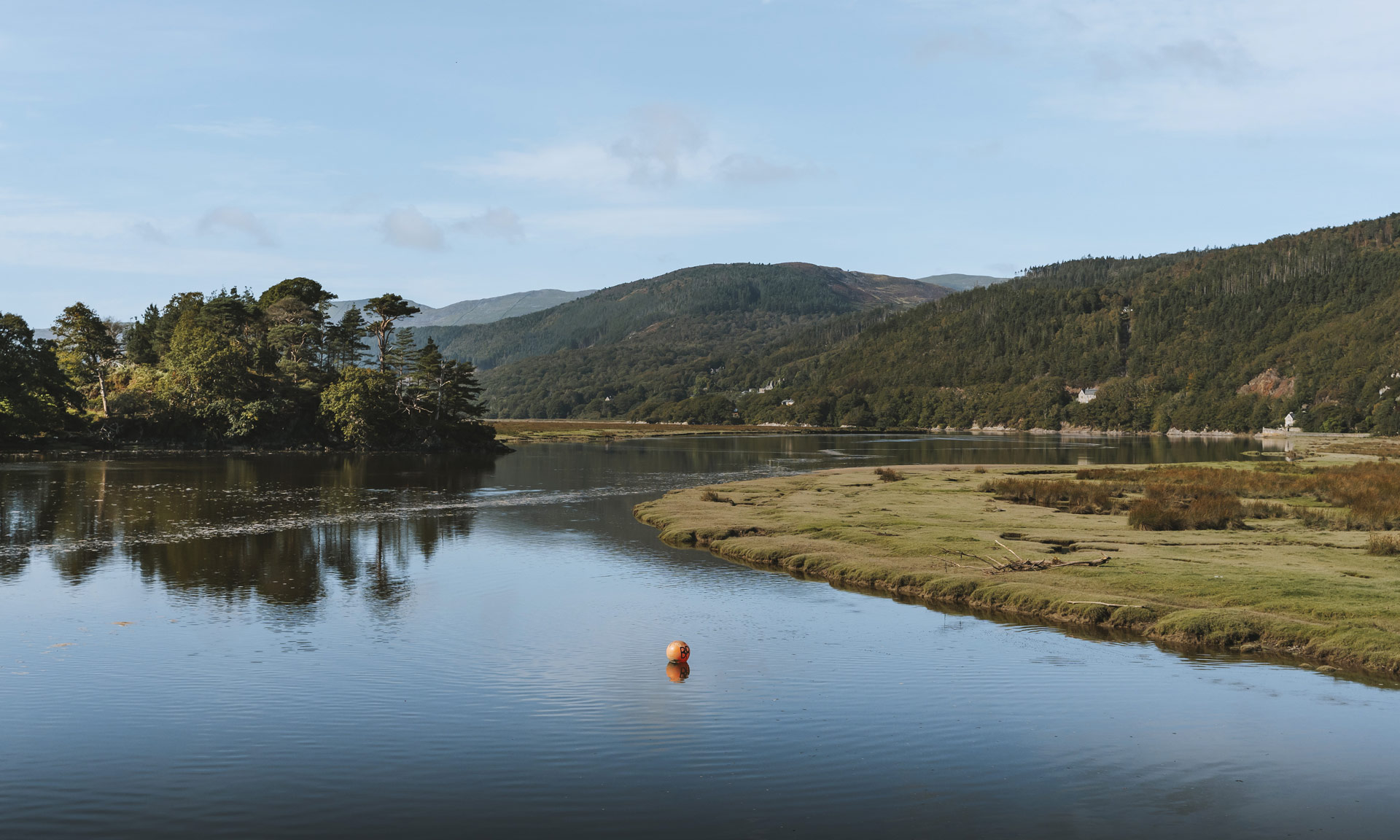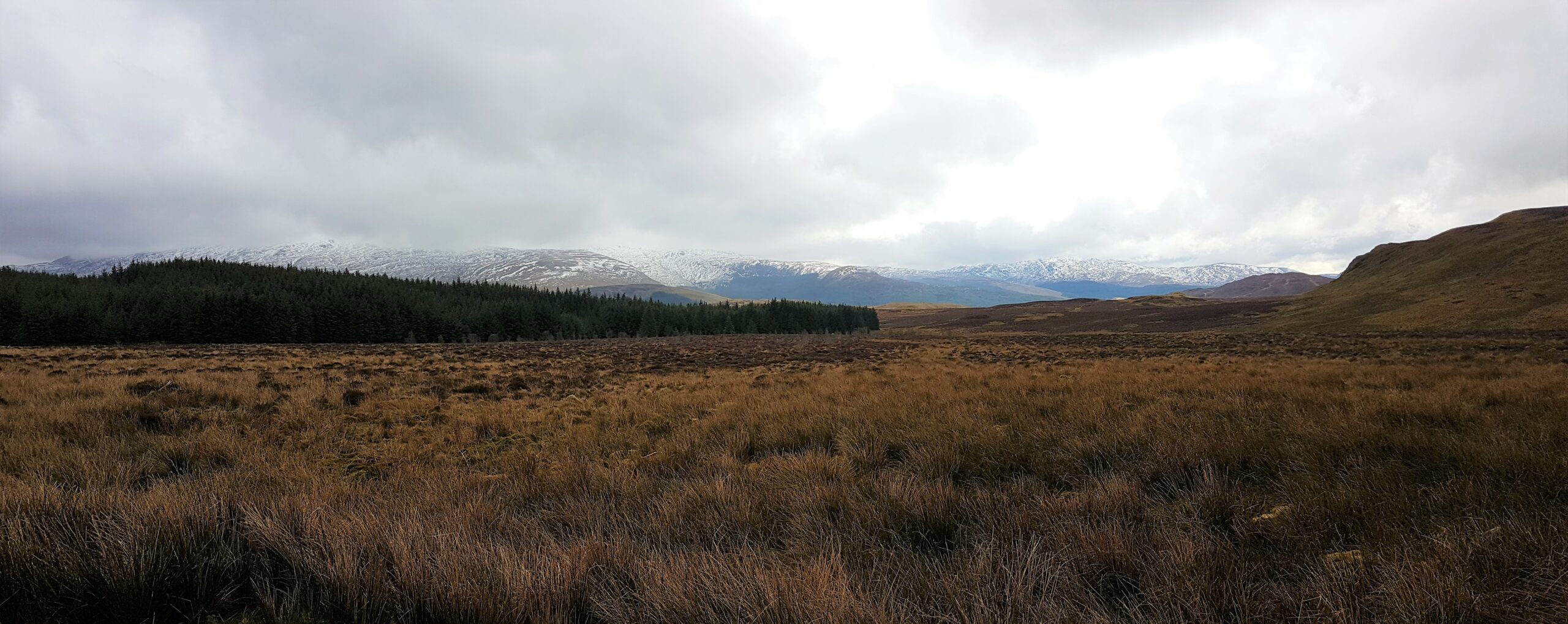As an Authority we’ve started on our long-term mission to restore the condition of our peatlands for the benefit of the environment and wildlife.
With a third of Wales’ peatlands here in Eryri, we’ve got a big task ahead of us. We’re working in collaboration with landowners and partners to block artificial ditches, re-profile peat haggs (small cliffs of bare peat), re-vegetating bare peat, and felling conifers.
By working closely with farmers and graziers we can ensure that they can continue to graze the land. Sustainable grazing benefits the peatland as it helps to keep it healthy by preventing any one species from dominating.
Why do we need to restore our peatlands?
Peatlands hold more carbon than any other type of soil. In fact, our peatlands in Eryri hold 52% of our soil carbon, despite only covering around 12% of the land surface! Over the decades many of our peatlands have been damaged by drainage ditches, erosion, over grazing, planting trees and even peat cutting for fuel in days gone by. Exposed and dried out peat releases tonnes of carbon each year as the massive carbon stores in the peatlands are washed away or broken down, therefore we must restore our peatlands by re-wetting them, covering up bare peat and keeping them sustainably managed.
Currently, 75% of Welsh peatlands are in a damaged or modified state, collectively emitting 510kt of greenhouse gases per year. To put that in context, we’d need to plant nearly 8.5 million trees and allow them to grow for 10 years in order to lock away that much carbon!
What other benefits does peatland restoration bring?


